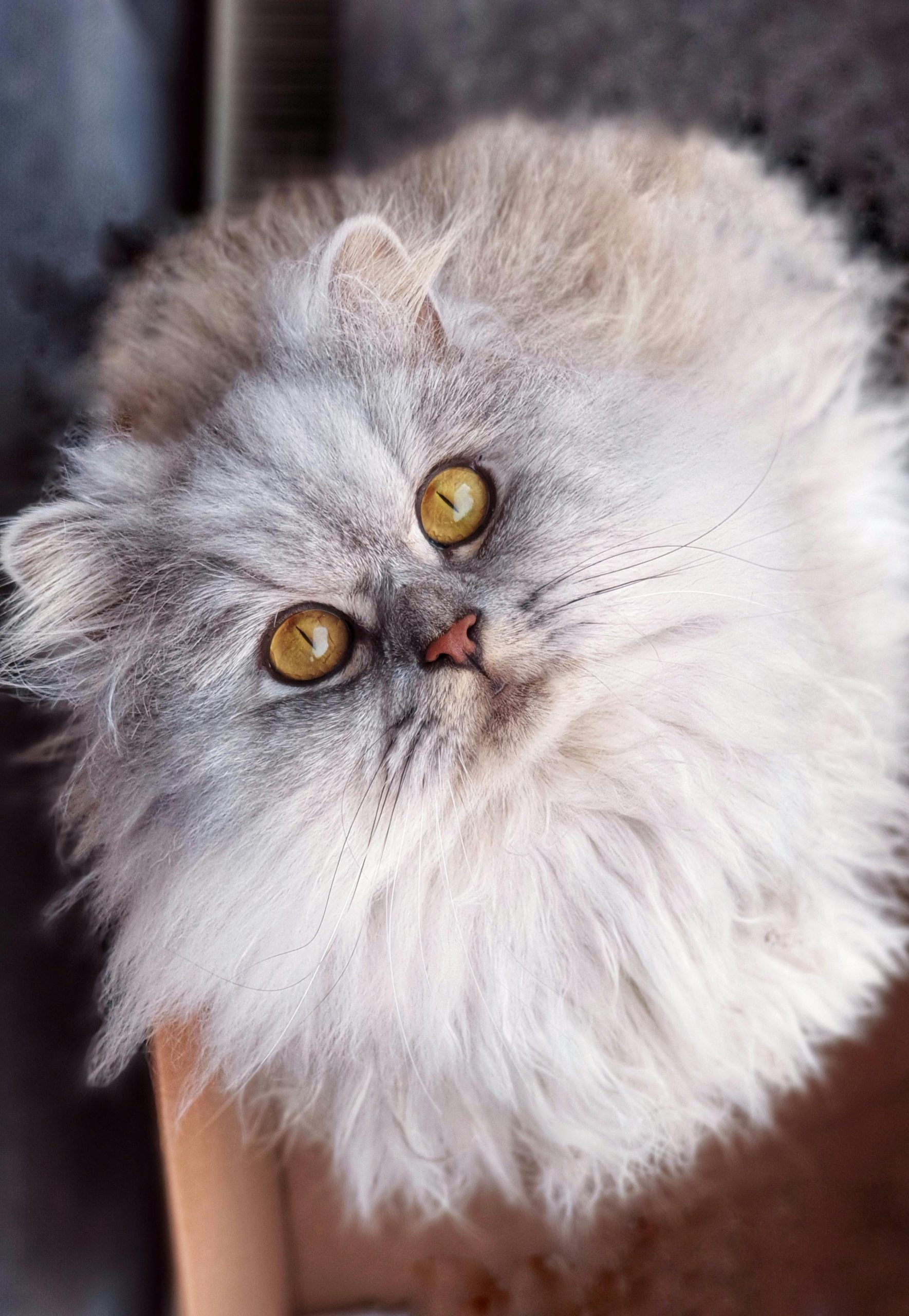Welcoming a long-haired cat into your home is a joyful experience. These majestic felines require special attention to maintain their luxurious coats and overall health. This guide will provide you with detailed information on grooming, health care, diet, and more to ensure your long-haired cat thrives.
Why Long-Haired Cats Need Special Care
Long-haired cats have dense and often delicate fur that can easily become tangled and matted without regular maintenance. Proper grooming and care not only keep them looking beautiful but also prevent skin issues and discomfort.
Grooming Essentials for Long-Haired Cats
- Daily Brushing
- Why It’s Important: Prevents tangles and mats, reduces shedding, and distributes natural oils for a healthy coat.
- Tools Needed: Wide-tooth comb, slicker brush, and detangling spray.
- How to Do It: Start with the wide-tooth comb to remove knots, followed by the slicker brush for a thorough grooming. Use detangling spray to smooth out any stubborn areas.
- Regular Baths
- Frequency: Bathe your long-haired cat every 4-6 weeks.
- Products: Use cat-specific shampoo and conditioner.
- Tips: Brush your cat before the bath to remove loose fur and prevent tangles. Rinse thoroughly to avoid any shampoo residue.
- Trimming and Clipping
- Frequency: Trim fur around the eyes, ears, paws, and sanitary areas every 4-6 weeks.
- Tools Needed: Scissors and clippers.
- How to Do It: Carefully trim these areas to avoid discomfort and hygiene issues. If unsure, seek professional grooming assistance.
- Dealing with Mats and Tangles
- Prevention: Regular brushing is key.
- Removal: Use a detangling spray and a mat splitter or comb. Gently work through mats without pulling on the skin.
Health Care Tips for Long-Haired Cats
- Regular Vet Check-Ups
- Schedule annual or bi-annual visits to monitor overall health and address any issues early.
- Diet and Nutrition
- Balanced Diet: Provide high-quality cat food rich in proteins and omega-3 fatty acids for a healthy coat.
- Hydration: Ensure your cat has access to fresh water at all times.
- Exercise and Mental Stimulation
- Daily Play: Engage your cat with interactive toys to keep them physically and mentally active.
- Scratching Posts: Provide scratching posts to maintain healthy claws and prevent destructive behavior.
- Parasite Prevention
- Flea and Tick Control: Use vet-recommended flea and tick preventatives.
- Regular Checks: Inspect your cat’s coat regularly for signs of fleas, ticks, or other parasites.
Creating a Grooming Routine
- Set a Schedule
- Establish a consistent grooming routine that includes daily brushing, regular baths, and trimming. Consistency helps your cat get used to the process.
- Make it Positive
- Use treats and positive reinforcement to make grooming a pleasant experience for your cat.
- Seek Professional Help When Needed
- Don’t hesitate to seek professional grooming services if you’re unsure about any aspect of grooming or if your cat’s coat becomes particularly challenging.
Conclusion
Caring for a long-haired cat requires dedication, but the rewards are worth it. By following this comprehensive guide, you’ll ensure that your feline friend stays healthy, happy, and looking their best. Remember, a well-groomed cat is a happy cat!
For more tips and advice on pet care, visit our Pet Care Guides section and join our community of pet lovers!

